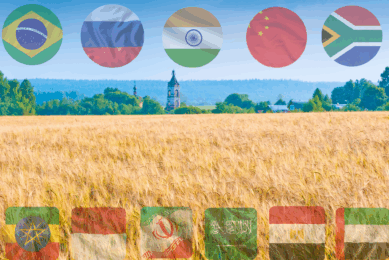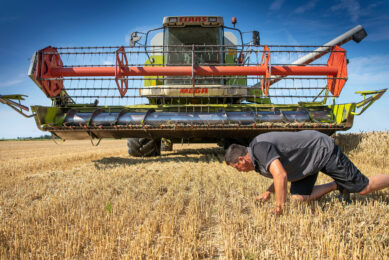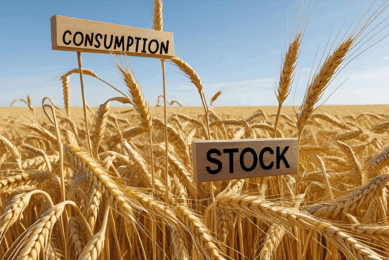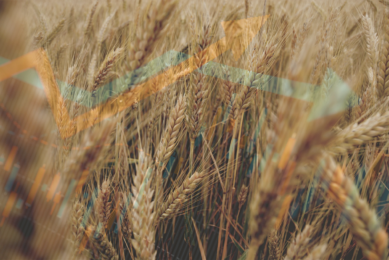Case study: Feed industry fuels Bangladesh corn production
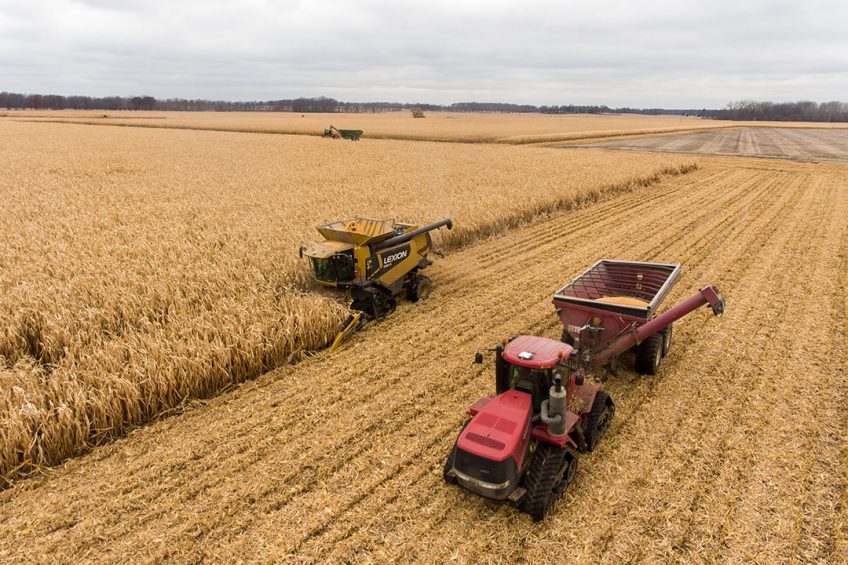
With consistent prices and favourable yields, together with a growing demand from Bangladesh’s livestock, poultry and aquaculture feed sectors, farmers in the country are increasingly choosing to produce corn over other crops.
MY 2021/22 (May-April) corn area harvested in Bangladesh is forecast at 575,000 ha, and, assuming favourable weather conditions and lower levels of insect and pest infestation, the production forecast estimate is 5.2 mmt.
95% of corn produced used for feed
Supported by a growing demand for corn as feed, some 95% of corn produced in the country is used in the country’s feed industry, but the country still has a way to go before reaching the government’s goal of producing 10 mmt of corn by 2025.
Corn consumption expected to rise
In MY 2021/22, total corn consumption is projected to grow 4.8% to 6.6 mmt due to the increased demand for feed to supply expanding livestock and fisheries sectors (there are about 2 million aquaculture farms in Bangladesh and this number is increasing by 5.7% per year). It is expected that the livestock sector will slowly recover as demand for poultry, beef, dairy, and aquaculture return to pre-pandemic levels as the economy is expected to slowly reopen in the next marketing year.
Poultry is the second largest sector
Second in size to only Bangladesh’s ready-made garment sector is the poultry sector, which provides employment to about 8.5 million people who work across the country’s approximately 80,000 poultry farms. Through meat and eggs, the poultry sector supplies 36% of Bangladesh’s total protein intake. Maize makes up a significant portion (about 55-65%) of the raw materials used for poultry feed, with the remaining raw materials being soybean meal (20-25%), mustard oil cake (10-25%), and rice bran (10-20%).
Local feed mills
The demand for feed is largely met by domestic feed industries (70%), followed by homemade mixes (25%) and imported feed (5%). There are 217 registered feed mills and more than 275 unregistered mills in the country. The fully automated feed mills, and other small and medium feed mills, produce 7.5 mmt of feed for the livestock sector, including poultry (3.61 mmt), cattle (2.22 mmt), and aquaculture (1.67 mmt).
A demand for quality corn
The MY 2021/22 corn import forecast is 1.5 mmt on an assumption of higher quality domestic production. The quality of the corn crop in MY 2020/21 was reported to be below average, so feed mills turned to the international market. Feed mills will likely return to sourcing from the domestic market if the quality improves to normal levels. MY 2020/21 (May to April) corn import forecast has been increased to 2.3 mmt due to increased demand for quality (i.e., higher protein) corn that is required in the feed industry. Bangladesh imports approximately 30-40% of its total consumption needs.
Beside continued feed usage of wheat, Bangladesh has further reported that the feed industry is increasingly using broken rice as a filler in various feed formulas.
The information in this article has been extracted from a USDA GAINS report.




